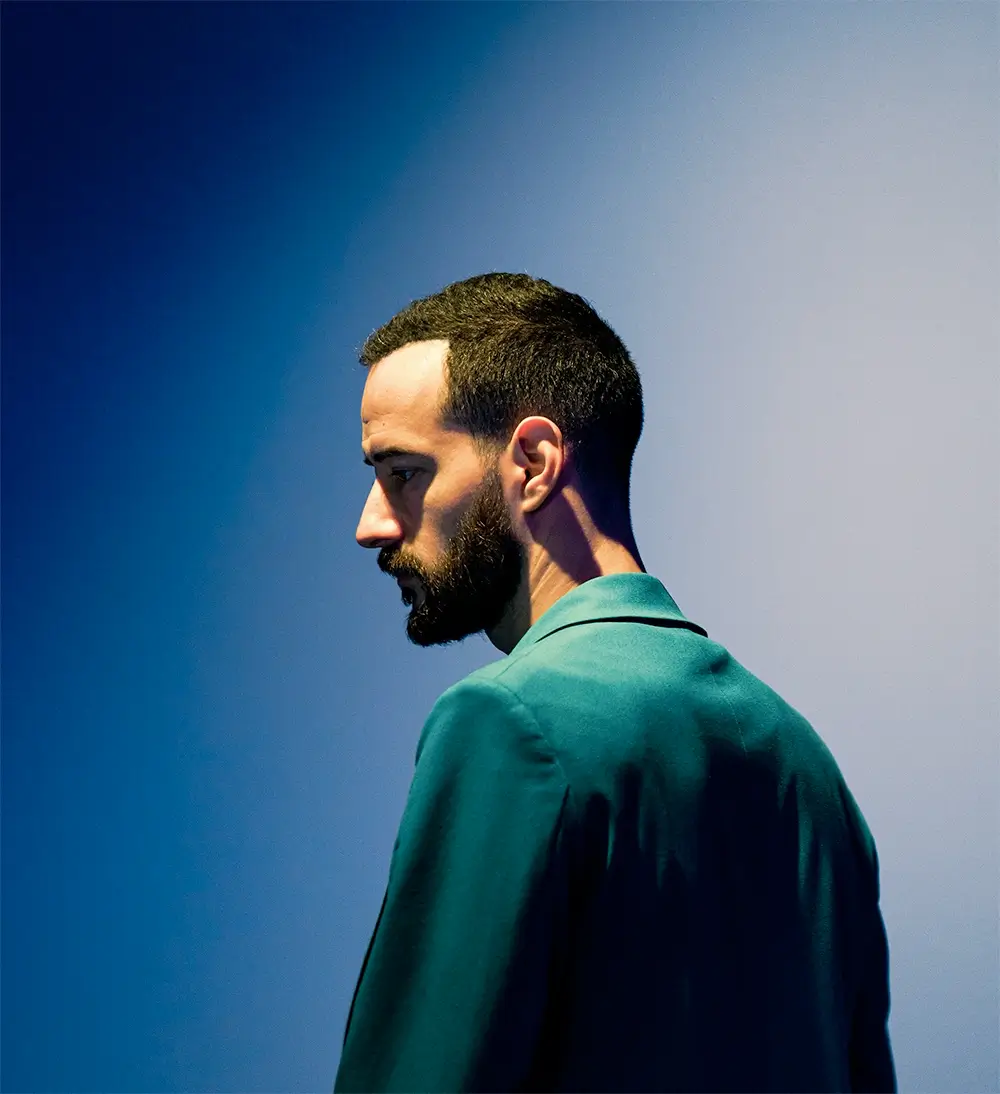Mathieu Forget, also known as Forgetmat, is a Paris-born movement artist, dancer, photographer, and director whose innovative work captures the essence of dance in mesmerizing visuals. A former tennis player, he channels his passion for freedom of expression into art that challenges conventional perceptions of the world.
Known as the "Flying Man," Mathieu has gained recognition for his ability to freeze moments of seemingly gravity-defying movement through his photography and videos. His work blurs the boundaries between art forms, mixing dance, architecture, and visual storytelling in a unique way. By sharing his creations on social media, he has democratized his art, turning the world into his gallery..
Deeply inspired by architecture, lines, and colors, Mathieu transforms everyday spaces into poetic landscapes, creating breathtaking visual experiences that play with balance, form, and movement. He has collaborated with a diverse range of artists, athletes, and global brands, continually pushing creative boundaries..
Most recently, Mathieu partnered with the Paris 2024 Olympic Games, working alongside athletes to bring his signature levitation artistry to the world of sports, capturing dynamic moments that seem to defy the laws of physics.
